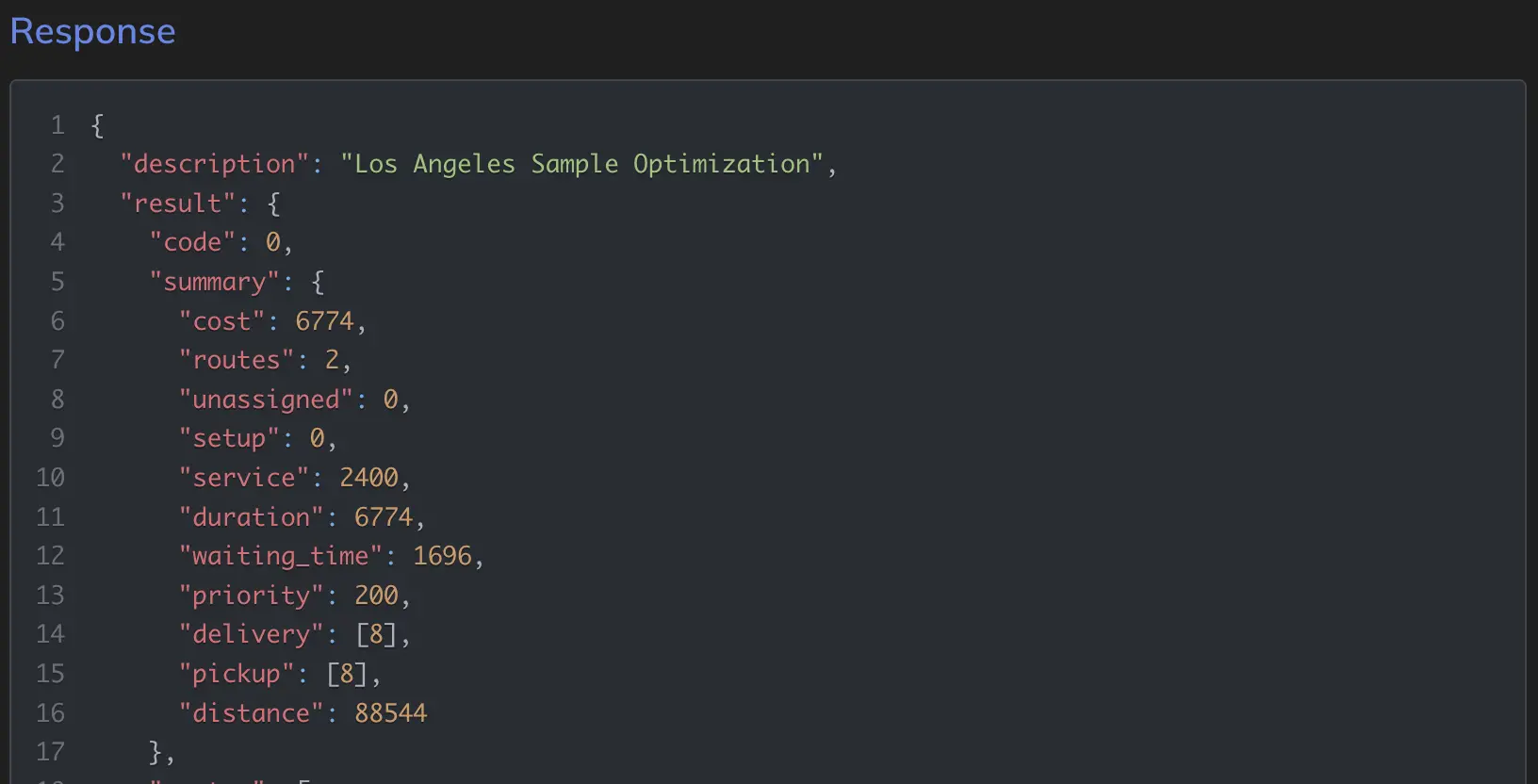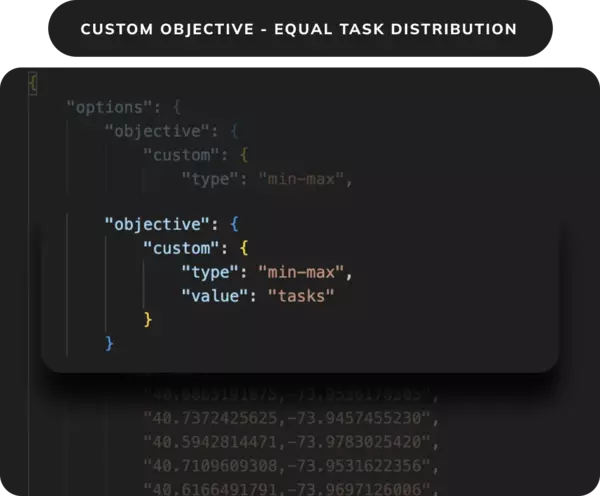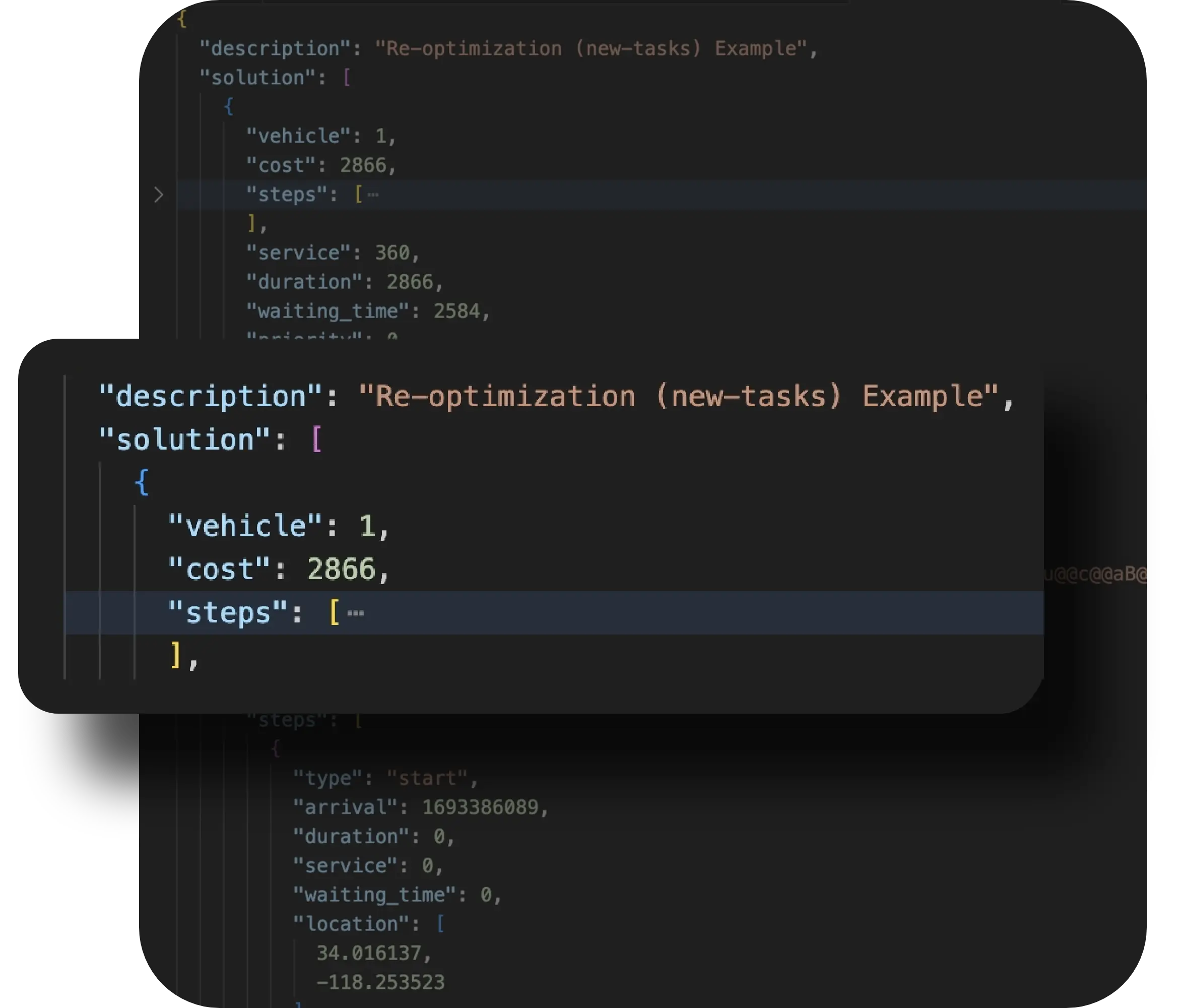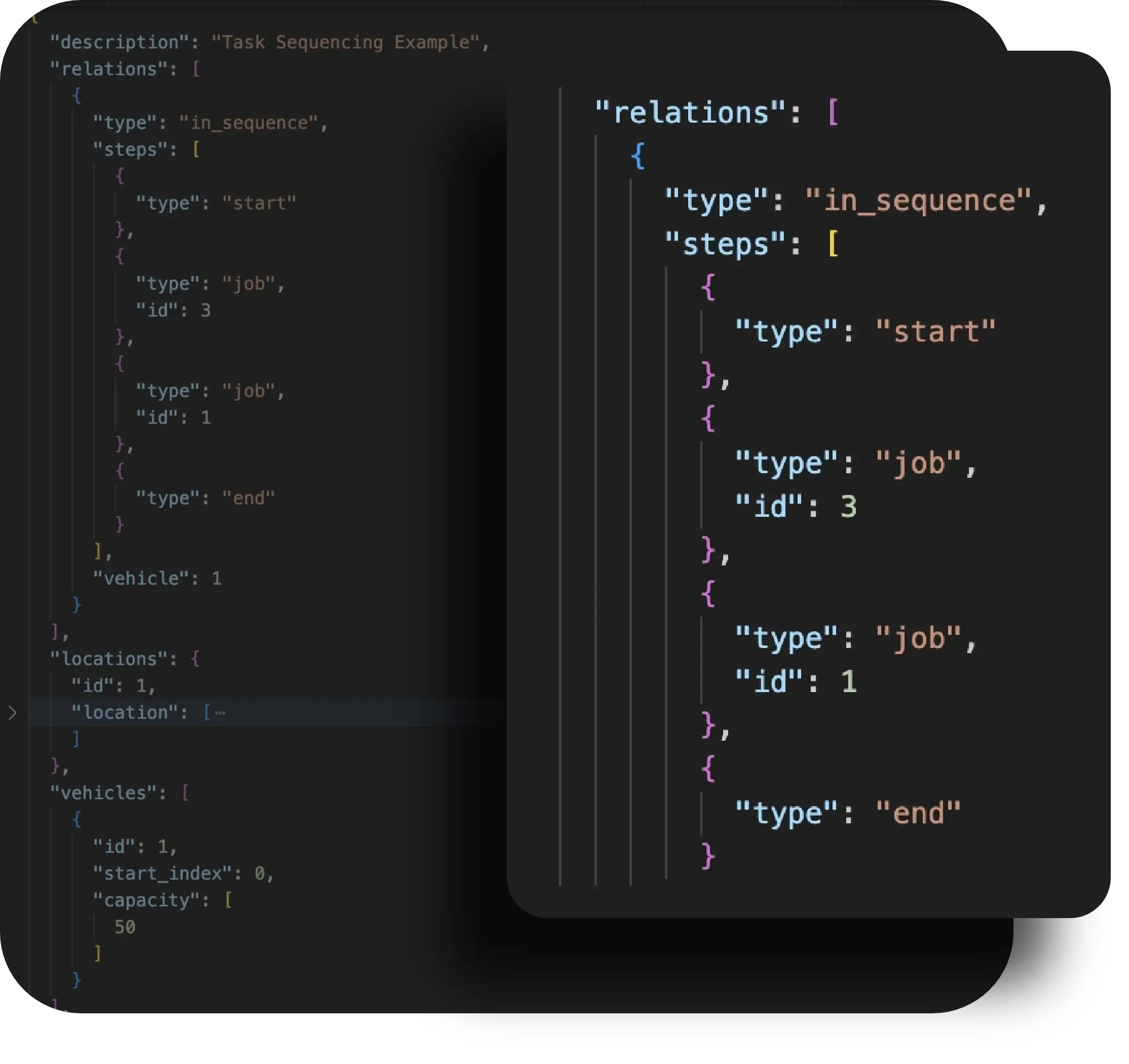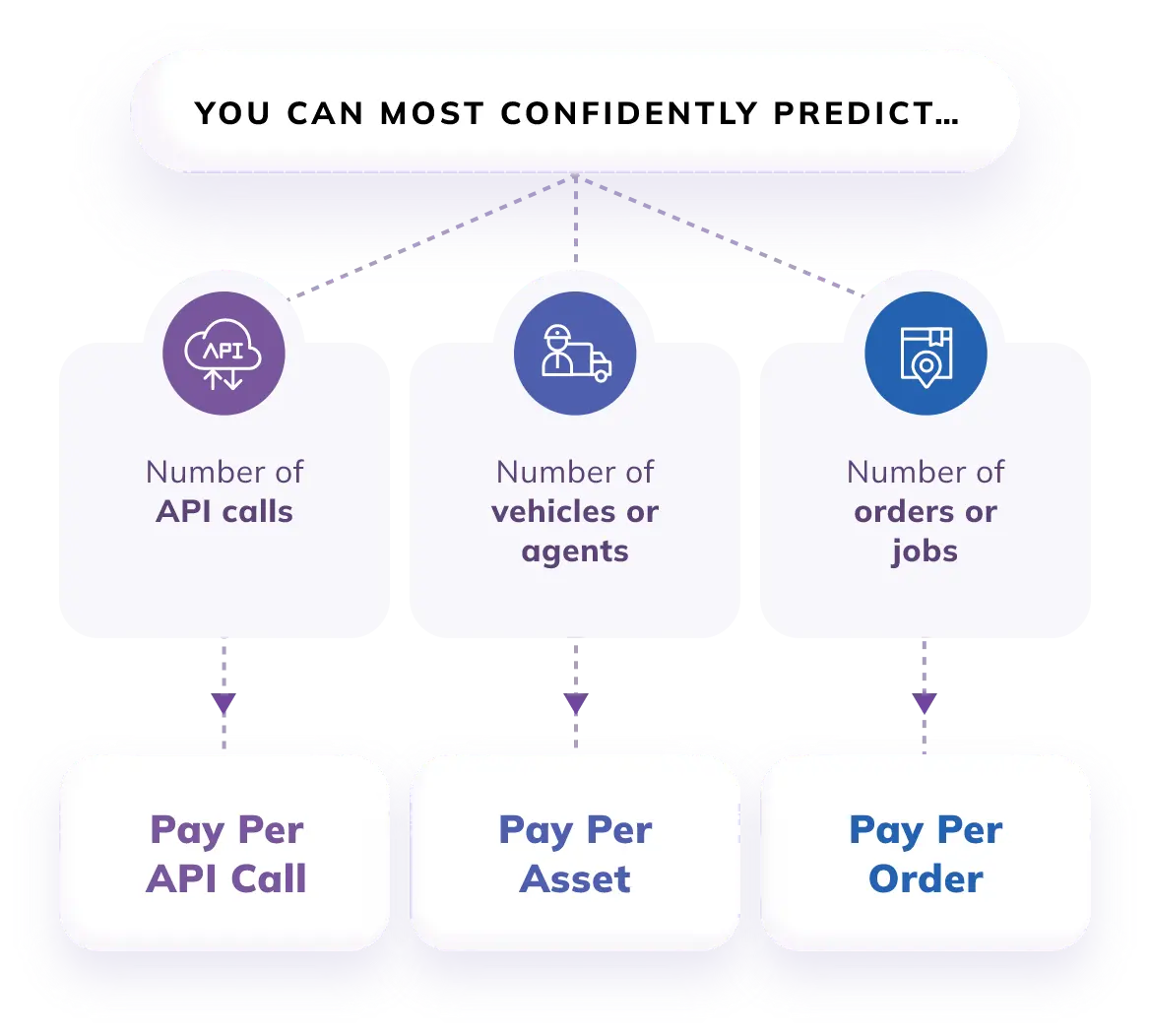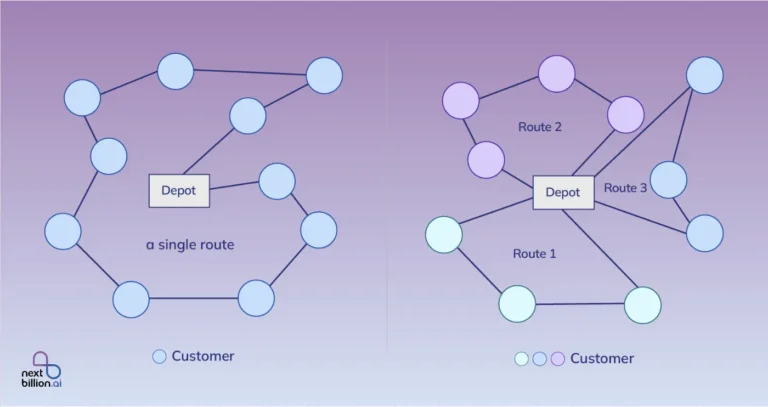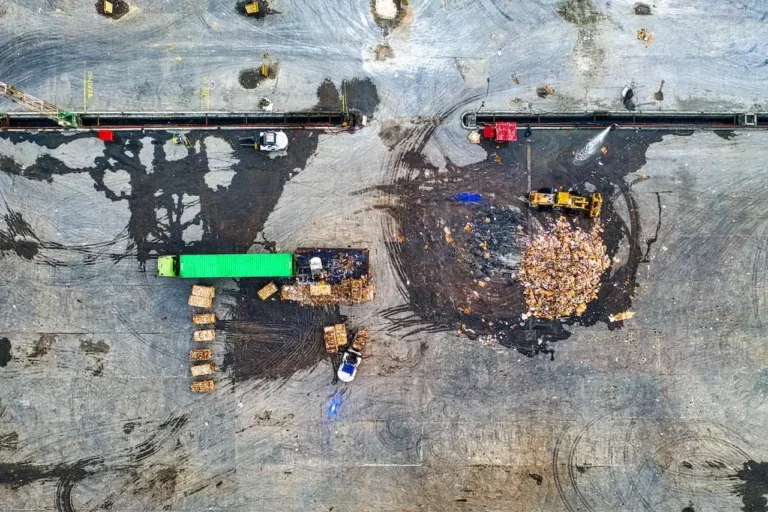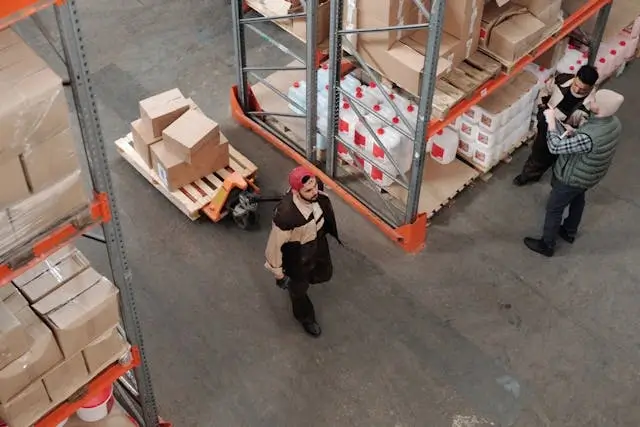
Table of Contents
Pharmaceutical waste refers to expired, contaminated, or unused pharmaceutical products, usually collected from different healthcare facilities, like pharmacies, hospitals, and clinics. Sometimes, a small amount of pharmaceutical waste collection can be done from homes as well; however, a major portion comes from healthcare facilities. The pharmaceutical waste also includes used biological products for therapy, transdermal patches, and expired vaccines.
While tablets, vaccines, and other pharmaceutical products are developed to improve human health, they are harmful once they are used or expire. Besides, there has been a massive rise in the generation of pharmaceutical waste since COVID-19. Improper disposal of pharmaceutical products, like those applied to COVID-19 patients, can lead to the spreading of viral infection, bacteria, or disease to the waste collectors and the public.
Waste collection companies play an important role in collecting pharmaceutical waste in a timely manner from different healthcare centers and dumping it at the processing facility for proper disposal. However, inefficient routes for pharmaceutical waste collection increase operational costs and decrease efficiency. Like, imagine two garbage trucks collecting from two different healthcare centers in the same locality. This overlap leads to unnecessary fuel consumption, increased labor hours, and vehicle wear, all of which drive up operational costs.
Optimizing pharmaceutical waste collection routes is necessary as it will streamline the entire disposal process, reducing environmental impact while also improving efficiency and safety. Let’s understand how it can be done.

Understanding Pharmaceutical Waste Collection
Medical waste collection is an important aspect of medical waste disposal. It entails using specialized vehicles operated by licensed businesses to collect pharmaceutical waste from various medical institutions and transport it to disposal facilities. To maintain the efficient operation of medical facilities, avoid secondary pollution from medical waste, and protect the public’s health and safety, it is important to determine optimized pharmaceutical waste collection routes.
Optimize your Pharmaceutical Waste with NextBillion AI’s Advanced Routing Software

Healthcare facilities worldwide face a significant challenge in managing the collection of pharmaceutical waste. Ineffective methods for collecting medical waste can have a negative impact on the environment, raise operating expenses, and lower residents’ quality of life.
NextBillion.ai’s creative solution to these problems uses cutting-edge technologies such as the Web Maps SDK and the Route Optimization API to optimize waste collection routes, guaranteeing effective and efficient waste management.
The Route Optimization API, which uses sophisticated algorithms to identify the best routes, and the Web Maps SDK, which displays these routes on interactive maps, are the main parts of this solution.
- Route plan: This solution successfully handles the problem of developing precise route plans for waste management collection. The route optimization API generates custom routes that take into account all limitations and conditions.
- GPS Tracking for Monitoring in Real Time: With GPS tracking, you can get up-to-date information on the locations, speeds, and routes of related vehicles and the status of medical waste collection. Typically, this data is sent to a central server via satellite or cellular networks, where it is accessible via a user interface.
- API for Live Tracking: This solution is well-known for its advanced capabilities, which have changed the way businesses manage and monitor their assets. It is an effective tool for increasing productivity and streamlining pharmaceutical waste management processes.
- Create Efficient Collection Paths: Route optimization using AI and machine learning techniques has made medical waste collection routes more efficient than they were before. Route optimization software now makes it simple to streamline your dispatch and waste disposal procedures.
Additionally, NextBillion provides pharmaceutical waste management routing and navigation solutions that let healthcare institutions evaluate the effectiveness of their collection routes. As a result, they have access to individualized routing, accurate ETAs, and efficient task distribution.
How does Route Optimization Planner Work?
Route optimization software determines the order of stops for a delivery driver to enhance operational efficiency and customer satisfaction. The software generates more efficient routes for a complete fleet based on the business’s limits and goals, supporting dispatchers by automating the manual planning process. The vast number of route planning alternatives available today, combined with the complexity of the capabilities offered, can make it extremely challenging to select the best routing software for your specific requirements.
Nextbillion.ai’s Route Optimization Flexible API is a powerful tool that assists businesses in optimizing their delivery routes to increase efficiency, save time, and cut costs. It is designed to solve the Single and/or Multi-Vehicle Routing Problem (VRP), a classic optimization problem in operations research that entails determining the best set of routes for a fleet of vehicles to visit a number of locations while adhering to various constraints, including time windows, capacity, and vehicle availability.
The Route Optimization Flexible API consists of two major parts:
- Input data: The input data contains information on jobs (stops/places to visit), vehicles (delivery trucks, vans, and so on), and shipments (pickup and delivery duties). The
- Optimization Engine: The optimization engine employs this input data to identify the most effective set of routes for the vehicles to follow.
There are two main components of API are as follows:
1. Optimization Post
Use this method to set up the constraints and attributes of the optimization issue you need to solve. Then, use the basic items—cars, tasks, locations, and shipments—to imitate the scenario that your company needs to optimize.
You can use either jobs shipments or both. In the options object, specify your optimization target, soft constraints, and routing preferences. With the solutions and relations objects, respectively, you can also use sophisticated capabilities like re-optimization and order sequencing.
When an Optimization POST request is submitted successfully, the API will provide a unique task ID as an acknowledgement response. Use this unique ID to access the real solution using the Optimization GET Method.
2. Optimization GET
Use this technique to obtain the best solution for the optimization tasks generated with the Optimization POST Method.
It is important to note that the optimizer takes into account traffic conditions when generating a solution based on the request. Small variations in traffic conditions may lead the optimizer to favor alternative routes and different orders of job or shipment fulfilment. Hence, varying optimization demands with comparable task or constraint settings are likely to yield diverse optimized outcomes.
What are the Different Parameters Considered by an Optimization Planner?
Efficient route planning and optimization directly impact delivery costs, speed, and reliability, all crucial elements for staying competitive in the market. Here, we will examine several parameters that an optimization planner must consider.
1. Custom Objective Equal Task Distribution
Custom Objective is a useful feature that allows users to pursue unique objectives that differ greatly from the typical approach of reducing travel costs. This feature enables users to customize the optimization method to achieve the following goals:
- Reduce the number of cars utilized in the solution.
- Reduce the time required to accomplish all jobs.
- Distribute duties equally among all routes.
- Distribute travel cost equally across all routes.
The above objectives can be utilized in conjunction with additional constraints such as vehicle prices, task duration limits, re-optimization, and other features provided by the Route Optimization Flexible API.
2. Re-optimization: New Tasks
NextBillion.ai’s Route Optimization Flexible API has an advanced re-optimization functionality that enables customers to re-optimize a collection of existing or new tasks by readjusting specific variables as needed.
To re-optimize a routing plan, users must use the prior solution developed with the supplied restrictions at the time. To successfully add new orders/tasks to the re-optimized solution, users must determine whether or not to adjust the existing limitations of vehicle number, shift timings or capacity, task time frames, or any other factors.
Users are expected to rebuild the request to specify all of the new and current tasks. When a re-optimization request is received, the solver will attempt to include the additional tasks in the original solution with minimal modifications. In this manner, companies can quickly or at the last minute modify their route planning without having to make significant changes to their current plans.
3. Re-Optimization: Unassigned Tasks
The Route Optimization Flexible API from NextBillion.ai has strong re-optimization features that let users complete tasks that were not previously allocated by changing a few variables. The number of vehicles in the optimization request, the shift timings or capacity of the vehicles involved, the task time windows, or any other strategy that would raise the likelihood of receiving more tasks are examples of these variables.
Re-optimization relies on a previous solution that included certain unassigned tasks. Users are required to recreate the request and clearly describe the unassigned tasks. When the solver receives a re-optimization request, it will try to include the additional tasks in the original solution with minimal changes. This allows organizations to make rapid or last-minute updates to their route planning without having to make expensive changes to the existing plans.
4. Task Sequencing
Relations are used to define the relationship between several tasks that should be completed in a specific order. NextBillion.ai’s Route Optimization Flexible API supports three sorts of relationships that customers can enforce:
- in_same_route: All of the steps indicated in this sort of relation will occur on the same route.
- in_sequence: All of the steps specified in this relation will occur within the provided sequence, but the optimizer may insert more steps if feasible.
- in_direct_sequence: All the steps given in this relation will follow the provided sequence, with no further steps introduced between them by the solver.
However, a few points may be worth noting here. Relations are a difficult configuration, and the solution will not prioritize jobs, time_windows, soft constraint parameters, etc. Furthermore, while employing relations, the vehicle qualities such as capacity and abilities should be aligned with what the tasks on those relations require.
5. Vehicle’s Cost
NextBillion.ai’s Route Optimization Flexible API currently supports two types of vehicle costs: fixed and per_hour.
- Fixed costs: These are the costs of operating the vehicle, regardless of how long it is in use. Fixed costs include driver’s fees, licensing fees, and taxes. If only the fixed cost of the vehicle is specified, it will be added to the route’s travel costs.
- per_hour: This method includes the hourly cost of operating a vehicle in optimization calculations. The optimizer will only consider the vehicle cost as the route’s overall cost if the vehicle’s per-hour cost is supplied.
If fixed cost is also supplied, the optimizer will take into account both per-hour and vehicle cost. Given other limitations such as time_windows, talents, task location, vehicles, and so on, the route with lesser costs is generally favored over other routes.
6. Depots
Depots are a center for completing customer orders and are an essential part of any logistic operation. They can serve orders within a certain area of a major city, fulfil orders of numerous or single inventory categories, facilitate reverse logistics scenarios, and perform many other tasks in last-mile or on-demand delivery lines.
With four depots, Nextbillion can fulfill orders for a variety of product categories and geographical areas. With these depots, they aim to complete eight orders, six deliveries, and two pickups. The Route Optimization Flexible API from NextBillion.ai can effectively address depot-related route planning issues by simulating real-world depot operating factors.
How to Implement Route Optimization into Pharmaceutical Waste Collection Routes Optimization?
NextBillion.ai uses a multifaceted strategy that blends effective resource allocation, route optimization, and spatial analysis. Here’s how it works for optimizing routes for pharmaceutical waste collection:
- Division of Regions: First, Voronoi tessellation is used to create a collection of non-intersecting polygons. These polygons function as discrete waste collection areas.
- Location and Assignment of Waste Bins: Waste bin sites are represented by randomly generated locations inside each region. Based on the region’s waste generation characteristics, pharmaceutical waste can be categorized into different types, like hazardous, bio-medical, and contaminated waste.
- Determine Truck and Bin Capacities: Trucks’ usual capacity is 100 cubic meters. Waste bins’ capacity varies according to the type of location, but both trucks’ and waste bins’ capacities are standardized.
- Types and Allocation of Trucks: The API is called, and according to the data and parameters, the API assigns each region a set of trucks.
- Optimization of Routes: The API determines the best routes for the assigned trucks to pick up waste from the allocated bins in each location. This guarantees effective collection and reduces travel distances.
After collecting the waste, the trucks take it to the recycling facility. After being emptied, they return to the depot. If any bins are left unassigned, the Route Optimization API runs with the unassigned trucks. This time, optimization is done for all regions simultaneously.
Read the Case Study: How Route Optimization Helped SIR to Improve their Waste Collection Process
NextBillion.ai’s Waste Collection solution encompasses robust APIs and SDKs that help waste collection companies improve their processes. This, in turn, increases the profitability of their operations and ensures better utilization of all available resources. The waste collection suite not only contains route optimization API but also contains the following:
- Navigation API & SDK
- Live Tracking API & SDK
- Isochrone API
- Distance Matrix API
- Post Trip Route API & SDK
All these tools create a comprehensive solution that not only optimizes the pharmaceutical waste collection routes but also helps the drivers and waste collectors to collect the waste efficiently. For instance, SIR Soluciones Ambientales is a leading environmental solutions provider operating in Mexico City and its surrounding areas. The company faced significant issues in their logistical operations due to a lack of dedicated routes for waste collection.
Hence, they required an intelligent solution that enhanced their navigation systems, making logistics simpler and more efficient. They also required optimized routes for their heavy truck fleet, and we integrated a Route Optimization API, Direction API, Geofencing, Clustering, and a live tracking API into their existing navigation system.
With this integration, the company witnessed efficiency in its operations. Delivery times were reduced, fuel consumption was minimized, vehicle-driver pairing was done precisely, and SLA compliance was ensured with customized routes.
You can read the complete case study to understand how NextBillion’s waste collection solution helped SIR achieve their sustainability goals.
Conclusion
An efficient pharmaceutical waste collection route optimization is essential to healthcare that safeguards the environment and public health, not just a legal necessity. The complexities and challenges of managing various types of medical waste necessitate a strong, well-designed system supported by ongoing training and regulatory compliance.
Pharmaceutical waste collection route optimization minimizes fuel consumption, lowers operational costs, and reduces the harmful impact on the environment. The route optimization planner ensures that the fleet takes fewer roads by the public to reduce the chances of getting stuck in traffic. Getting stuck in traffic means increased idle time, fuel wastage, increased pollution, and discomfort to the public.
So, pharmaceutical waste collection companies can drastically improve their operational efficiency, cut expenses, and help create a cleaner environment by combining advanced algorithms and spatial analysis. Schedule a product demo to see NextBillion.ai’s route optimization live to understand its impact and efficiency in optimizing routes.
About Author
Bhavisha Bhatia
Bhavisha Bhatia is a Computer Science graduate with a passion for writing technical blogs that make complex technical concepts engaging and easy to understand. She is intrigued by the technological developments shaping the course of the world and the beautiful nature around us.









